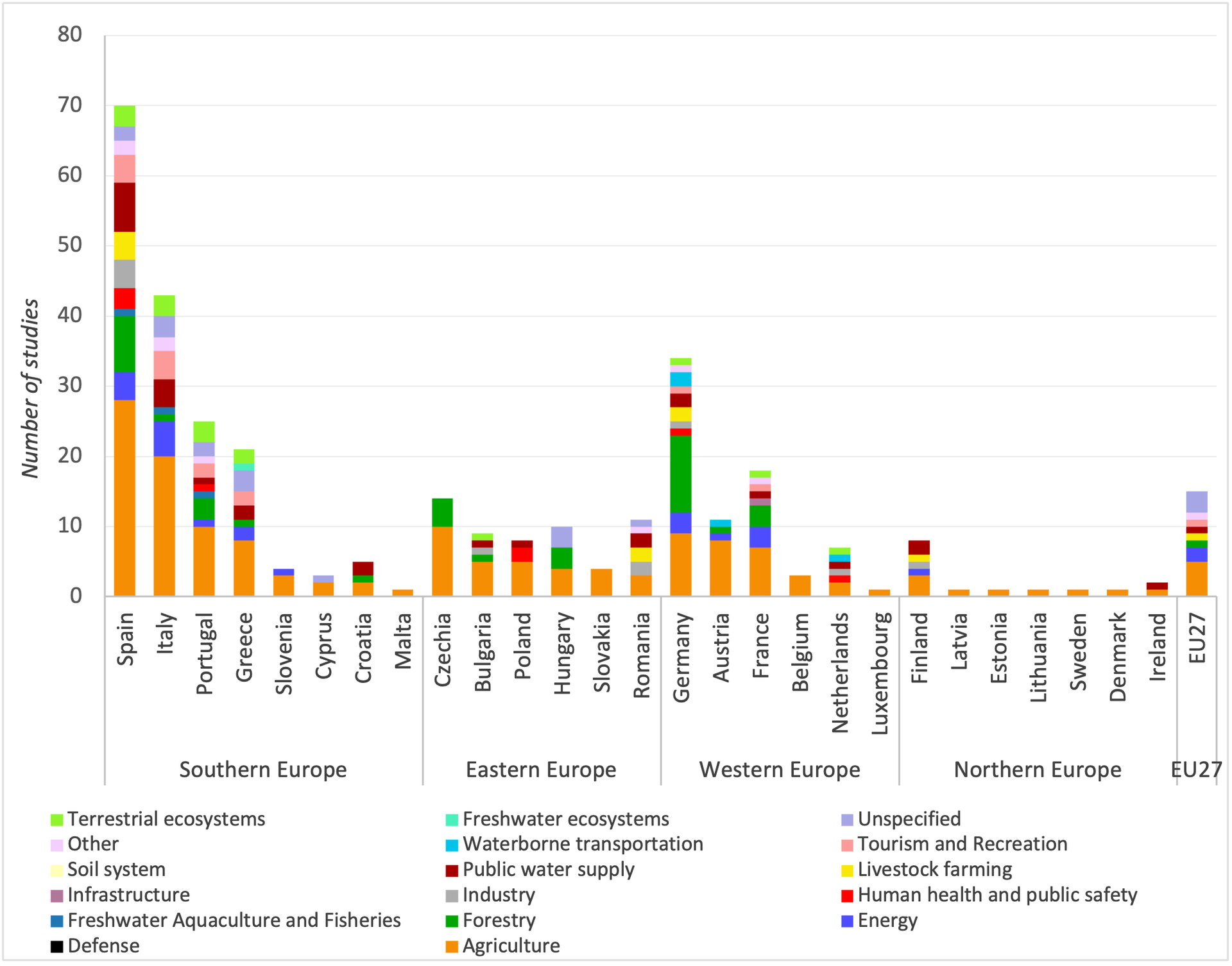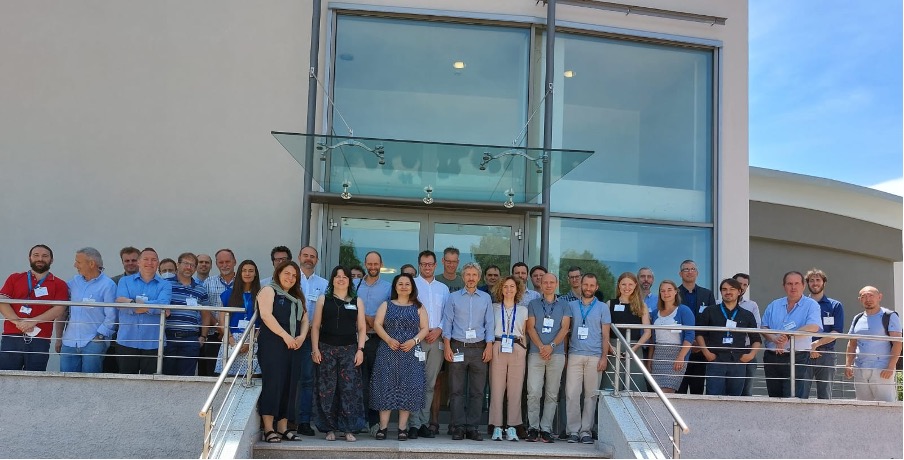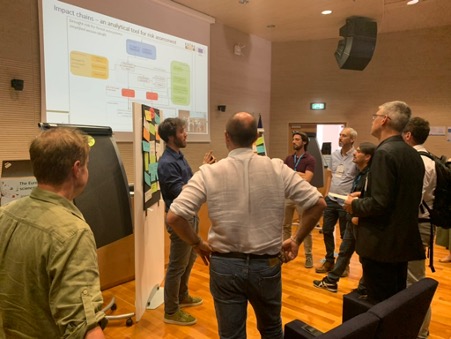Every 6 months, the newsletter informs on the progress in the EDORA project. Please feel free to contact us in case you need more information or to provide feedbacks.
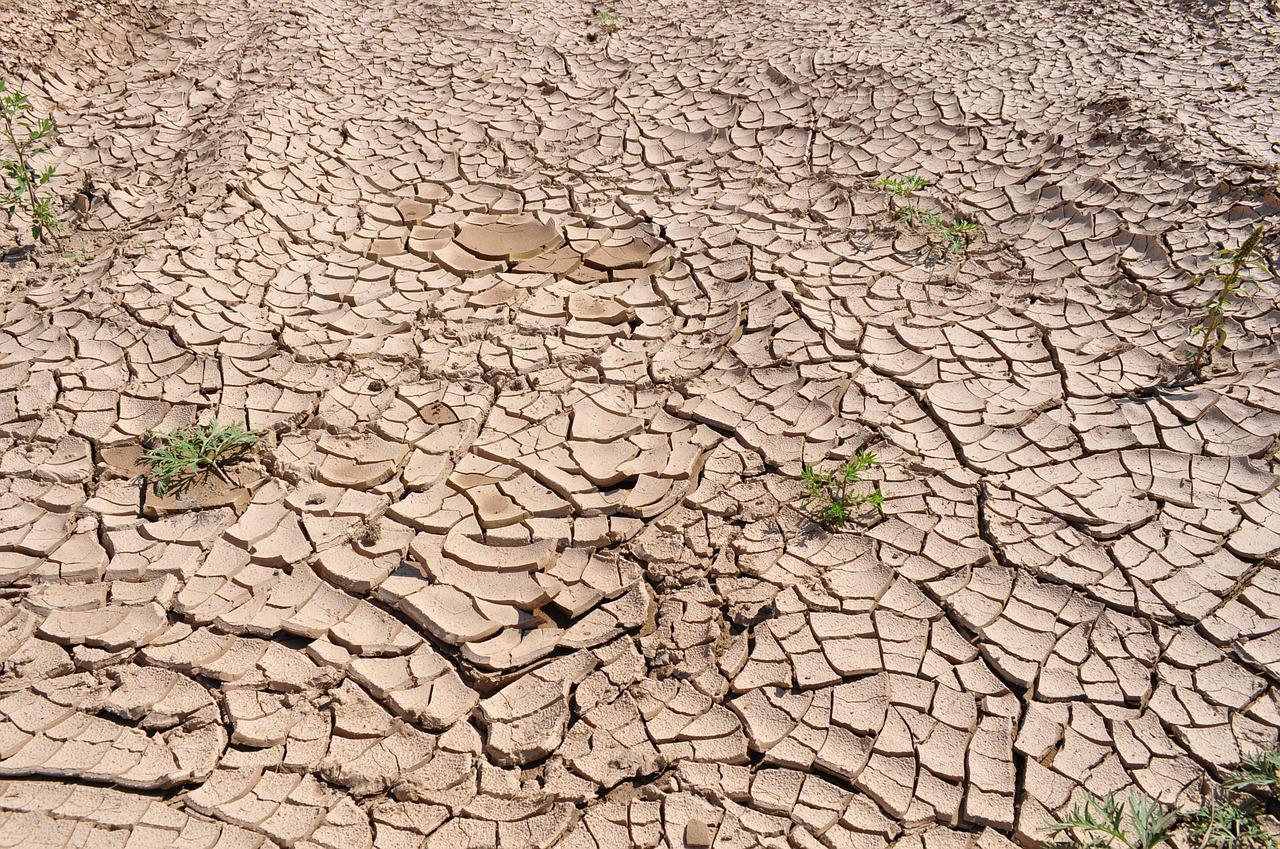
Background: Water is essential for the functioning of society and the maintenance of critical ecological services. Many sectors and systems, such as ecosystems, agriculture, water supply, power generation, waterborne transportation, amongst many others, are fully or largely dependent on it. Droughts affect the functioning of these systems and can cause irreparable losses. During the summers of 2018 and 2019, prolonged heat and dryness exposed farmers, households, and ecosystems across Europe to severe impacts : among these, the drastic interruptions of navigation on major rivers, irrigation restrictions and reduced electricity supply were registered in Europe,and raised concerns about the potential increase in the severity and frequency of drought events in connection to climate change.
High dependency on water, coupled with inefficient or lack of drought mitigation and management practices, as well as lack of institutional frameworks increases the vulnerability of water users to drought hazards, thus increasing drought risk substantially. Comprehensive information on how droughts affect these sectors in a homogeneous way is a critical need for developing informed drought management and adaptation plans.
There is nowadays a wealth of information about how droughts affect the hydrological cycle, but the complexity of their impacts on the environment and on society makes it difficult to develop holistic tools that allow decision-makers to have at hand information on how droughts will affect the various systems concerned. So far, data on drought impacts have mostly been used for research, i.e., to understand events or to find best linkages to hazard indices that can be monitored.
The creation of tools and platforms for risk visualisation and communication based on user needs, together with relevant stakeholders, is just as important as the risk assessment itself. This is especially true in the case of people-centered strategies at the end-user interface, the so-called "last mile", where increased inclusiveness and alignment with the end-user are essential.
Scope: To overcome these gaps, EDORA foresees 1) the development and implementation of a drought impact database, 2) a system-specific and combined/integrated drought risk assessment methodology and 3) a drought risk atlas.
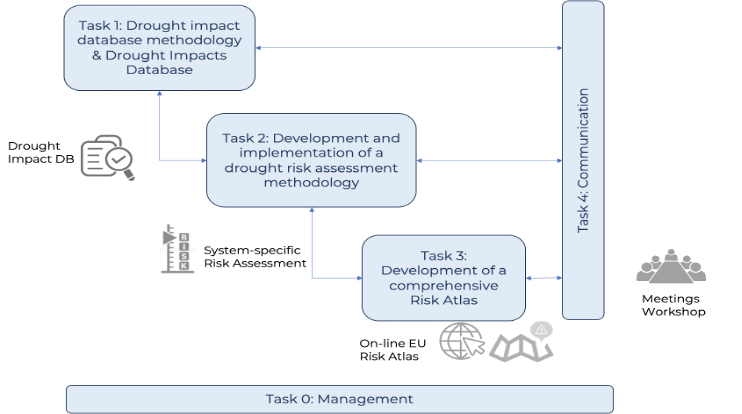
Who : The tasks will be carried out by the team of 5 partners, all of them belonging to renowned European and international institutions:
CIMA Research Foundation (Italy)
Albert-Ludwigs-Universität Freiburg (Germany)
Institute for Environmental Studies, Vrije Universiteit Amsterdam (The Netherlands)
United Nations University (Germany, headquartered in Japan)
The composition of the consortium includes several research groups, either at (inter)national research institutes, or at universities. CIMA is the project coordinator, is leading the development of the Drought risk Atlas and communication activities, ALU-FR is leading the development and implementation of the Drought Impact Database. IVM is leading the development of and implementation of a drought risk assessment methodology and UNU is leading the gap analysis and the development of conceptual tools (impact chains). All partners transversally are involved in all tasks.
For more information click here

.png)
